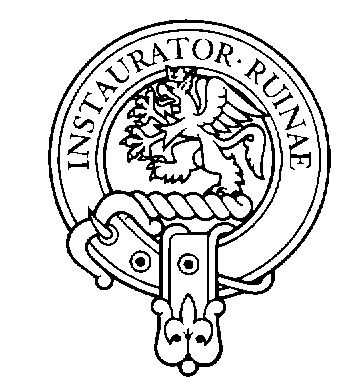Forsyth and Scrymgeour: A Tale of Lands in Fife
/When we explored the Register of the Great Seal of Scotland (Vol. IX, 1646), we found an important reference: lands once belonging to Alexander Forsythe of Nydie later passing to Hugh Scrymgeour. This was a fascinating glimpse of Forsyth influence in Fife and how property changed hands in the mid-17th century.
But the story doesn’t end there. In 1654, the Register of the Great Seal (Vol. X) revisits the same theme. The Protector granted lands that once again reference Forsyth holdings of Nydie and their connection to Hugh Scrymgeour.
The fact that these names reappear in charters separated by almost a decade underscores several points:
Continuity of Land Memory – Even when property passed from one hand to another, the record preserved the identity of earlier holders. For Forsyth genealogists, this is gold—proof that our name remained tied to specific territories across decades.
Interwoven Families – The Scrymgeours were hereditary sword-bearers of Scotland and powerful figures in Fife. Their repeated connection with Forsyth land shows that the Forsyths were part of the same circles of influence, at least in terms of landholding and royal record.
By placing the 1646 and 1654 charters side by side, we see a narrative of Forsyth presence in Nydie and its transformation under Scotland’s changing rulers. These mentions—small but powerful—remind us that Forsyth history is deeply embedded in the land charters of Fife, echoing alongside great names like Hamilton and Scrymgeour.Are you a descendant of Forsyths?
🔗 Join Clan Forsyth Society USA to explore your heritage and connect with others researching the Forsyth name across the centuries!

